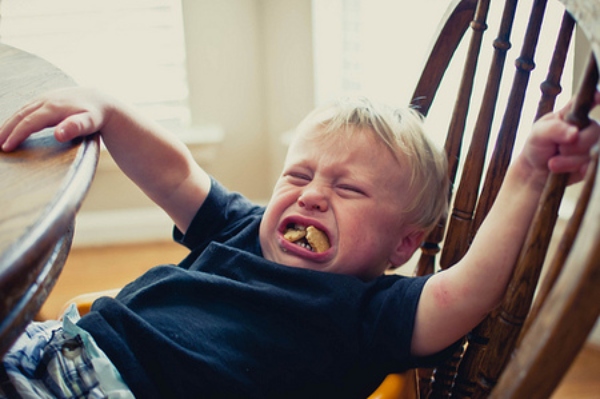Bedtimes can be a stressful time for both parents and children. You might have already tried a bedtime routine and already tried providing reinforcement, but what if your child is still not able to sleep through the night and wakes up frequently? What if getting your child into bed is not the issue, but having your child stay in bed is the issue? Night waking can be a huge problem and can keep parents and children up for hours at a time each night. Night waking may occur multiple times throughout the night and may occur at all different times in the night. It may also involve waking up too often and leaving their bedroom, sometimes multiple times a night.
 Bedtime Pass
Bedtime Pass
There are strategies that can be done to address night waking and frequently getting out of bed. One strategy that can be used is the bedtime pass (Freeman 2006; Friman et al., 1999). The bedtime pass is a card which your child can exchange in return for coming out of their bedroom once per night. In the research this was a 5-inch by 7-inch card, but it could be any card that works for you and your family. The child can exchange the card for anything they would like, such as a hug, a nighttime book, or a drink of water. Following exiting the bedroom, the child will exchange the pass, complete the action they got out of bed for, and then return back to their bedroom. If the child gets out of their bed a second time after they already turned in their bedtime pass, the parent should guide them back to their room with very little attention and without providing any requested item or activity (e.g., no additional water, snack, or reading). If your child uses only the one bedtime pass over night, provide a lot of attention and preferred items in the morning, to reinforce this behavior and make it more likely it will occur again in the future.
Sleep Dependencies
Another strategy to decrease night waking is decreasing sleep dependencies (Jin, Hanley, Beaulieu (2013). Sleep dependencies are certain parameters which the child requires to be able to fall asleep and stay asleep. These things could be music playing, a night light on, a window open, or mom or dad staying in the room until the child falls asleep. If these things are present when the child falls asleep, but aren’t present when the child wakes up in the night, they will have difficulty falling back asleep without them in the middle of the night. In order to begin fading out these dependencies, work on implementing things that will still be there if your child wakes up in the middle of the night. These might include a favorite stuffed animal or blanket that they can keep in bed overnight, white noise or soft music that stays on for the night, and leaving before your child falls to sleep after you say goodnight. Not staying until your child falls asleep can be important because it teaches your child to self-soothe, allowing them to put themselves back to sleep if they wake up overnight.
All of these strategies can be used along with the other important strategies for putting children to sleep and providing reinforcement. Try to keep a consistent sleep schedule for going to bed, provide reinforcement for staying in bed overnight, and decrease sleep dependencies whenever possible. Be sure to check out all the blogs in our sleep series, including Sleep Series Part 1 – Setting a Sleep Schedule and Creating Routines and Sleep Series – 2 – What to Do When Schedules and Routines Don’t Work.
Looking for extra support? Contact us here to learn what services are right for you.
References
Freeman, K. A (2006). Treating Bedtime Resistance with the Bedtime Pass: A systematic replication and component analysis with 3-year olds. Journal of Applied Behavior Analysis, 39(4), 423-428. doi: 10.1901/jaba.2006.34-05
Friman, P.C., Hoff, K.E., Schnoes, C., Freeman, K.A., Woods, D.W., Blum, N. (1999). The bedtime pass: an approach to bedtime crying and leaving the room. Archives of Pediatric and Adolescent Medicine, 153(10), 1027-1029. doi: 10.1001/archpedi.153.10.1027
Jin, C.S., Hanley, G.P., Beaulieu, L. (2013). An individualized and comprehensive approach to treating sleep problems in young children. Journal of Applied Behavior Analysis, 46, 161-180. doi: 10.1002/jaba.16















